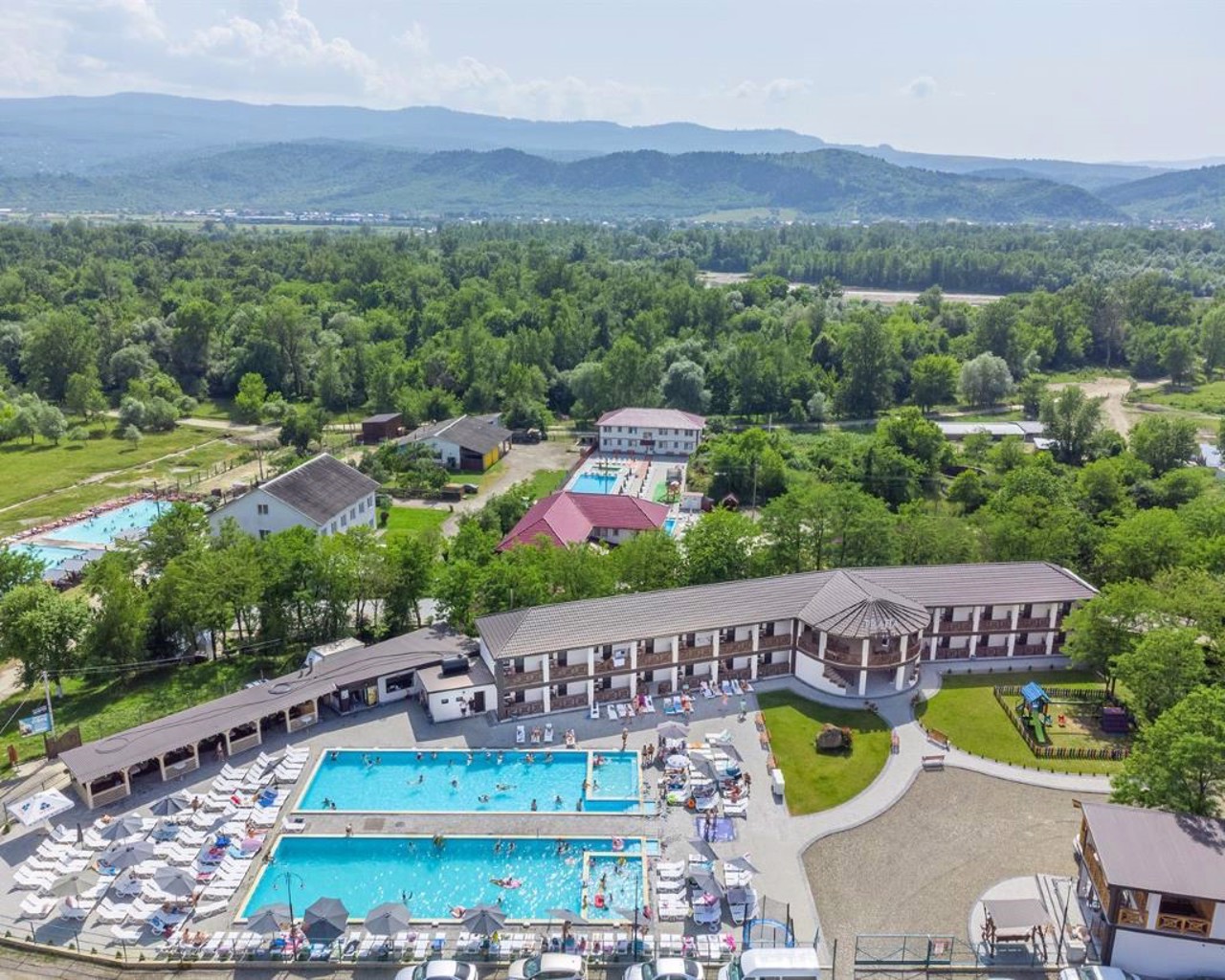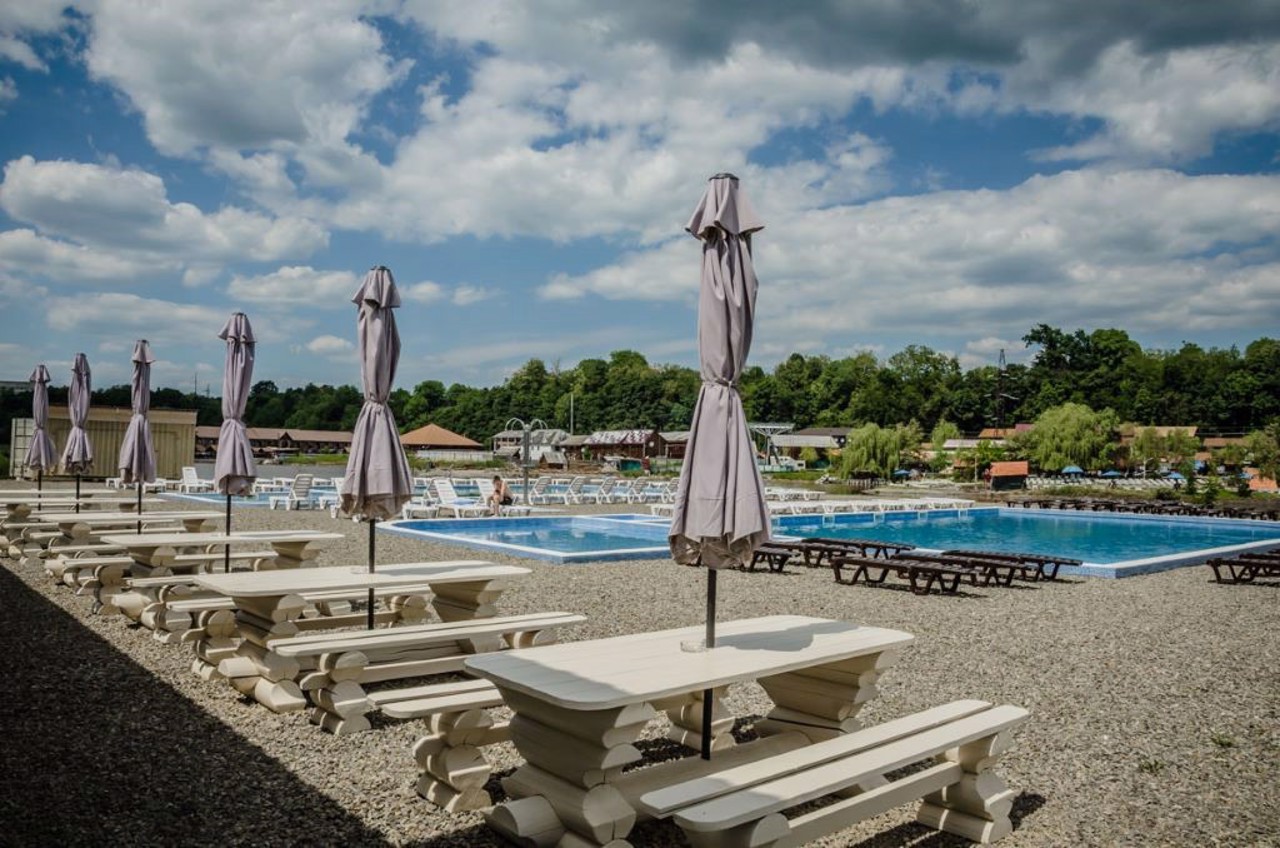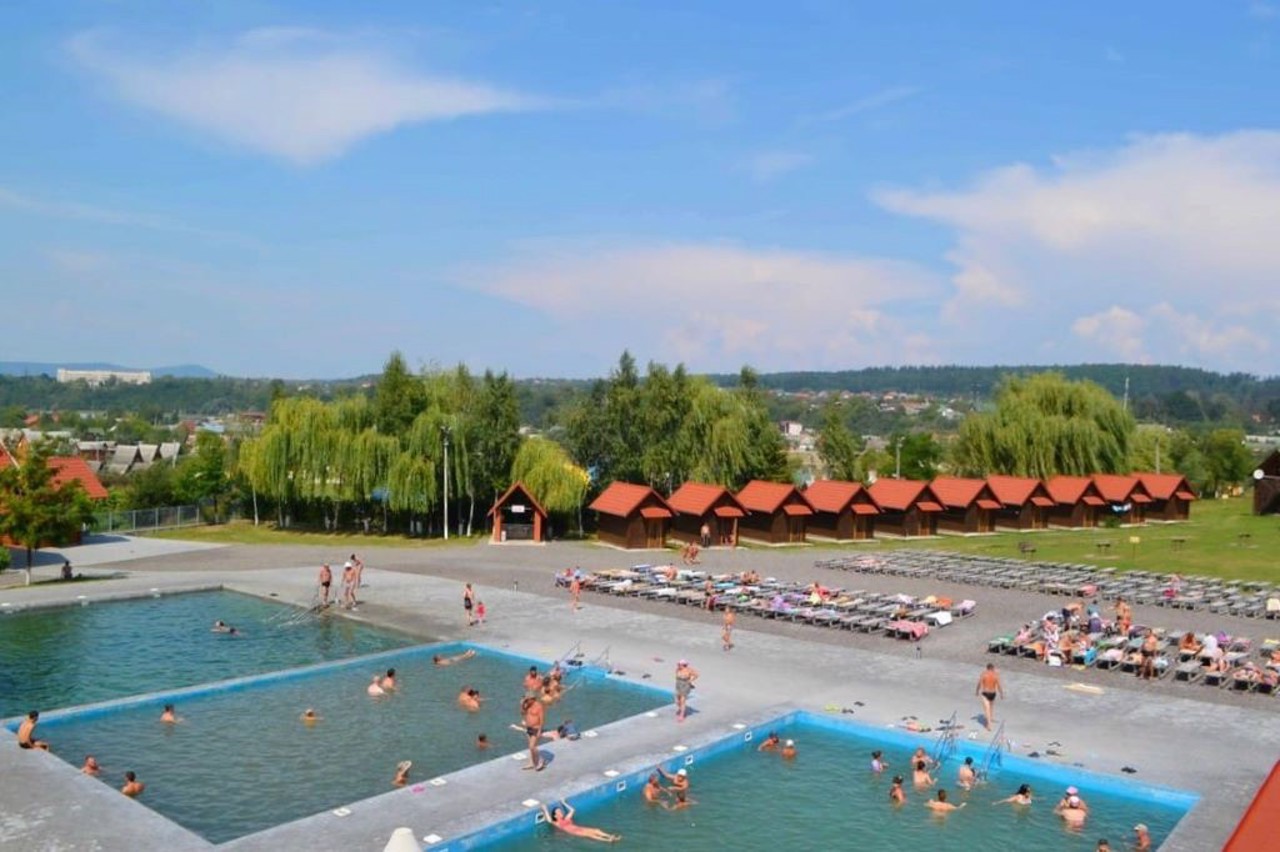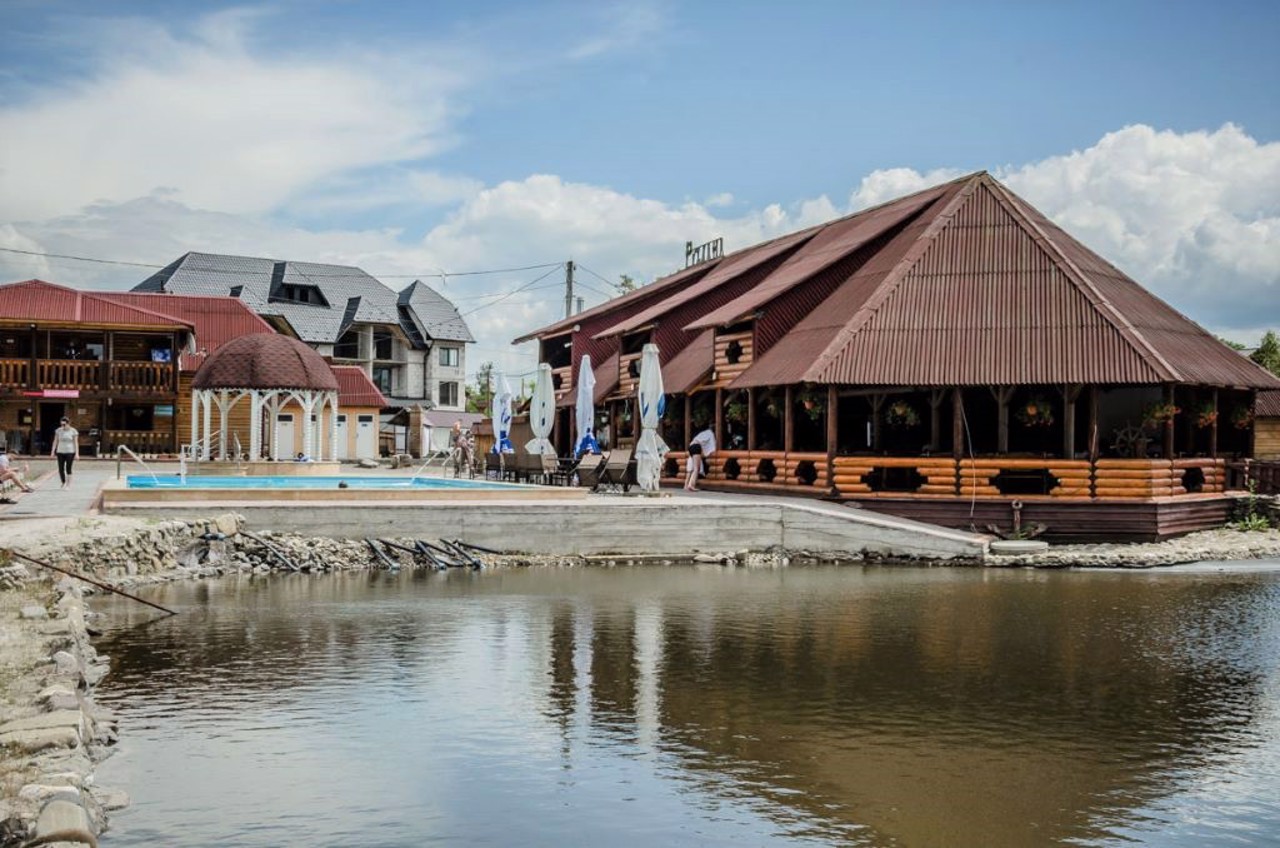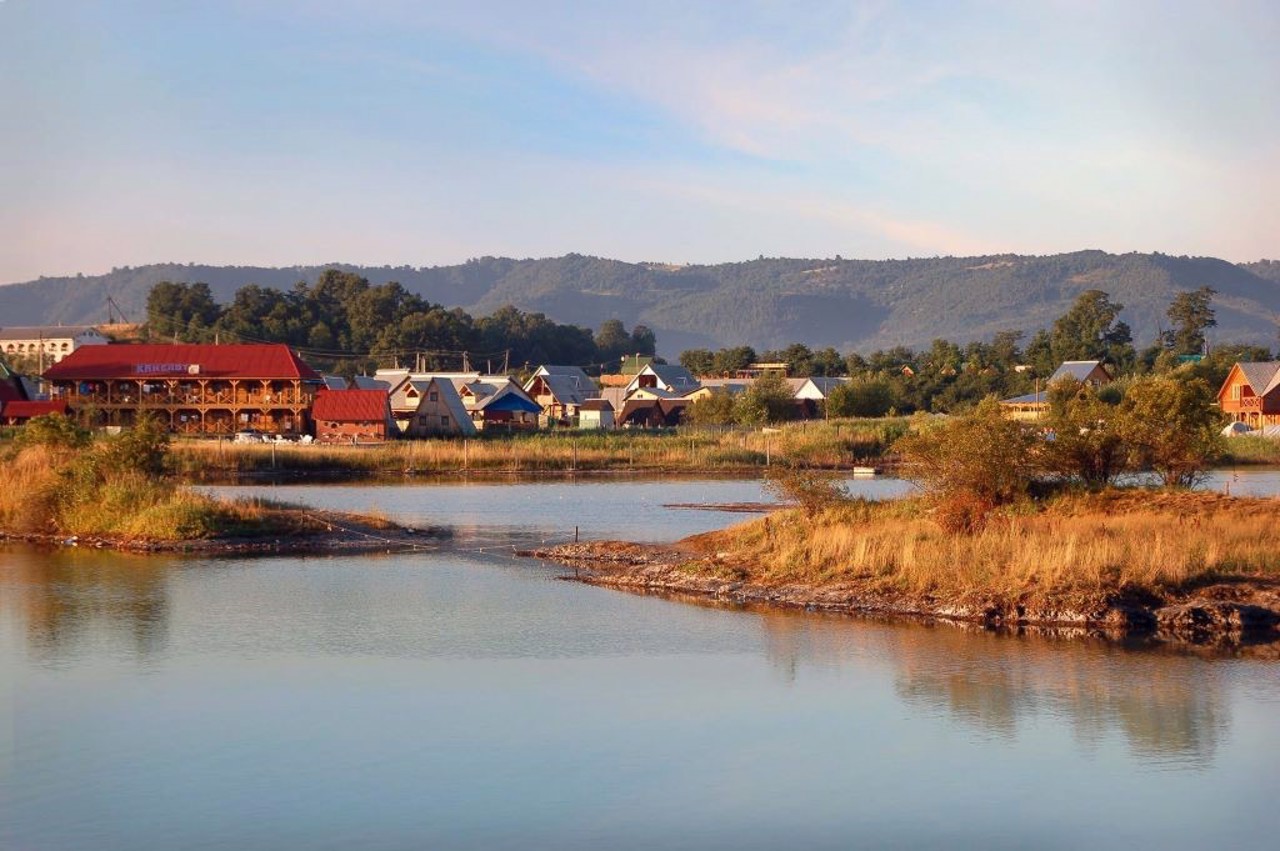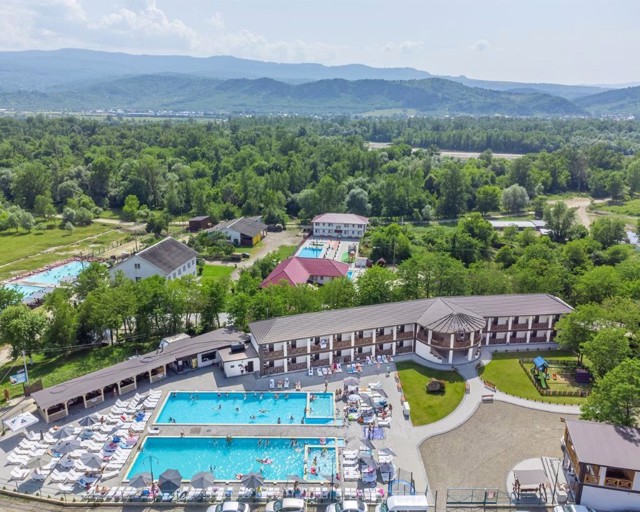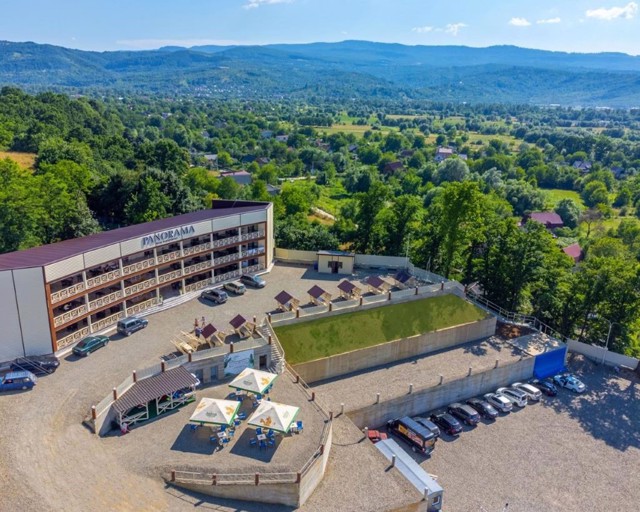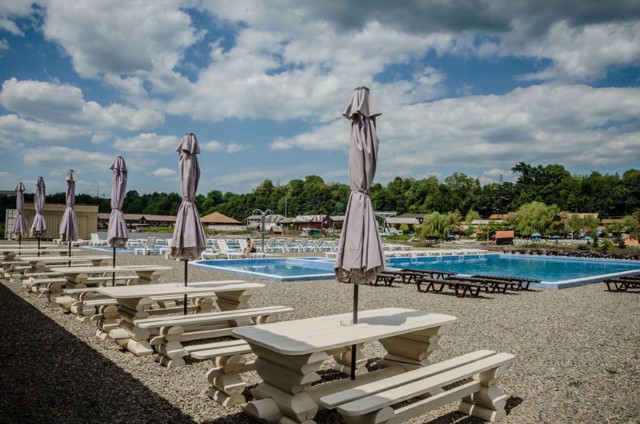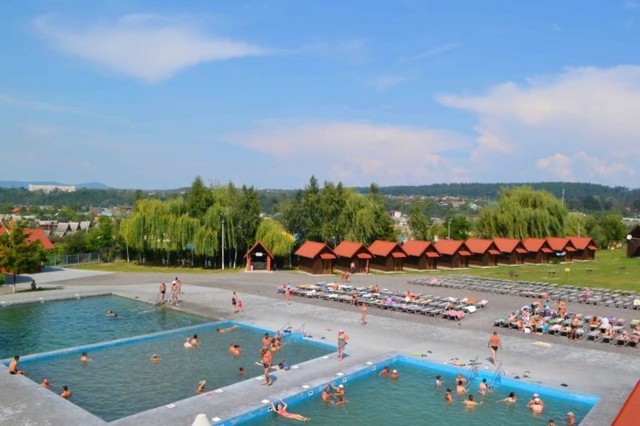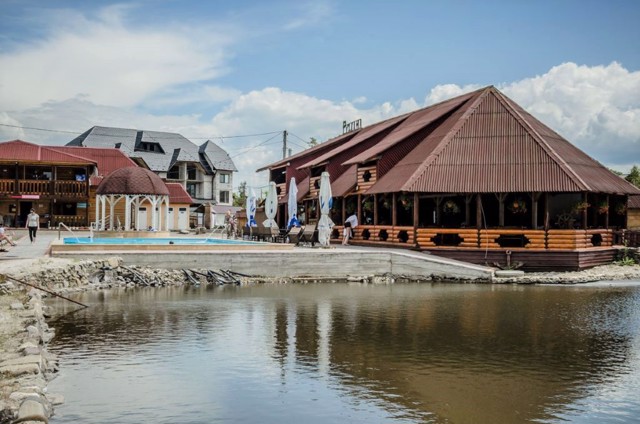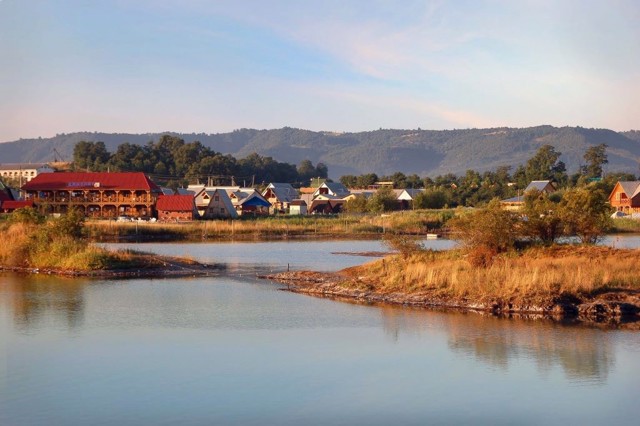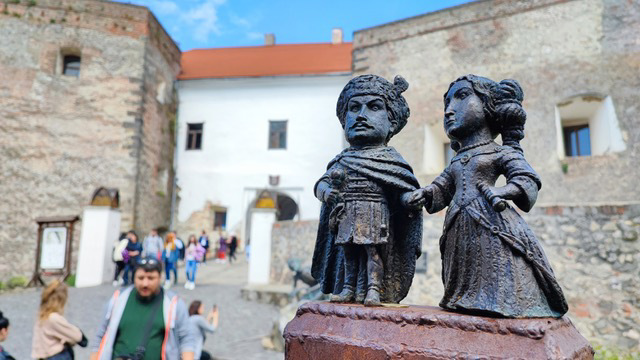Functional temporarily unavailable
General information about Solotvyno
Town Solotvyno is an ancient Transcarpathian salt production center, a dynamically developing balneological resort.
The first mention of Solotvyno in 1360 is associated precisely with the beginning of the industrial mining of rock salt. The mines belonged to the Hungarian royal court. During the Middle Ages, mining was carried out in an open way, as a result of which later pits-lakes filled with salt water were formed. Since the 18th century. construction of underground mines began.
The salt mine continues to work today, with the Museum of the History of the Salt Mine. The spent mines are used by the sanatorium located here for speleotherapy purposes for the treatment of allergies.
Salt lakes are a popular recreation and treatment area; the shores are built up wi ...
Town Solotvyno is an ancient Transcarpathian salt production center, a dynamically developing balneological resort.
The first mention of Solotvyno in 1360 is associated precisely with the beginning of the industrial mining of rock salt. The mines belonged to the Hungarian royal court. During the Middle Ages, mining was carried out in an open way, as a result of which later pits-lakes filled with salt water were formed. Since the 18th century. construction of underground mines began.
The salt mine continues to work today, with the Museum of the History of the Salt Mine. The spent mines are used by the sanatorium located here for speleotherapy purposes for the treatment of allergies.
Salt lakes are a popular recreation and treatment area; the shores are built up with private hotels and boarding houses. Mineralization of the water of the largest lake Kunihunda is close in parameters to the famous Israeli Dead Sea and can cause a feeling of weightlessness when immersed in the water.
Селище Солотвино - стародавній закарпатський центр солевидобутку, що динамічно розвивається як бальнеологічний курорт.
Перша згадка про Солотвино у 1360 році пов'язана саме з початком промислового видобутку кам'яної солі. Копальні належали королівському двору Угорщини. Протягом середньовіччя розробка велася відкритим способом, в результаті чого пізніше утворилися заповнені солоною водою котловани-озера. З XVIII століття почалося будівництво підземних шахт.
Солекопальня продовжує працювати і в наші дні, при ній відкрито Музей історії солекопален. Відпрацьовані шахти використовуються розташованим тут санаторієм в спелеотерапевтичних цілях для лікування алергій.
Солоні озера є популярною зоною відпочинку та лікування, береги забудовуються приватними готелями ...
Селище Солотвино - стародавній закарпатський центр солевидобутку, що динамічно розвивається як бальнеологічний курорт.
Перша згадка про Солотвино у 1360 році пов'язана саме з початком промислового видобутку кам'яної солі. Копальні належали королівському двору Угорщини. Протягом середньовіччя розробка велася відкритим способом, в результаті чого пізніше утворилися заповнені солоною водою котловани-озера. З XVIII століття почалося будівництво підземних шахт.
Солекопальня продовжує працювати і в наші дні, при ній відкрито Музей історії солекопален. Відпрацьовані шахти використовуються розташованим тут санаторієм в спелеотерапевтичних цілях для лікування алергій.
Солоні озера є популярною зоною відпочинку та лікування, береги забудовуються приватними готелями та пансіонатами. Мінералізація води найбільшого озера Кунігунда близька за параметрами до знаменитого ізраїльському Мертвого моря й здатна викликати відчуття невагомості при зануренні у воду.
Сплануй своє перебування у Solotvyno
What to see and where to go in Solotvyno
Tourist attractions and museums of Solotvyno
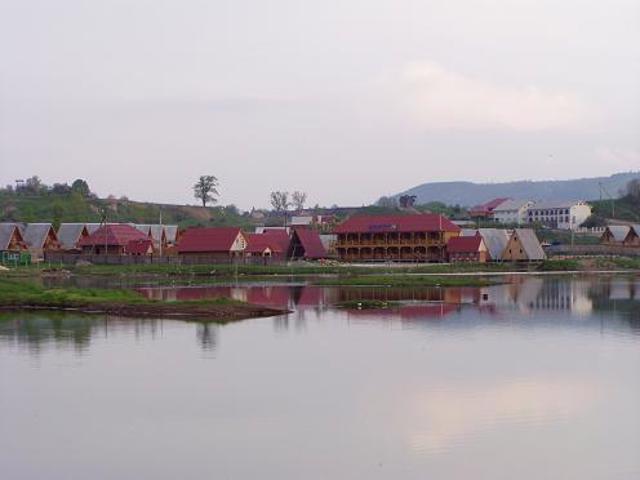
Lake Kunigunda
Rest on the water , Natural object
A salt lake of anthropogenic origin, an analogue of the Dead Sea in terms of water mineralization.
It was created in Solotvyno in 1902 on the site of a salt mine that was begging. Named after the Hungarian queen Kunigunda, the wife of the Kyiv prince Yaropolk, who, according to legend, stopped here on the way to Kyiv.
Today it is surrounded by many similar lakes. The salinity of the water in them reaches 32-35%, which causes a feeling of weightlessness when diving. The chemical composition is characterized by an increased concentration of bromine ions. During the year, the water temperature does not fall below 17°С, in summer it is kept at the level of 25-27°С. The shore and bottom of the lake are covered with a layer of black healing mud.
The Kunigunda lake is a resort, mud treatment and treatment with salt solution (rapa) are widely used. Muds have a positive effect in the treatment of the cardiovascular system, final phenomena of phlebitis and thrombophlebitis, bone disease, nervous system, urological diseases, psoriasis and pulmonary system.
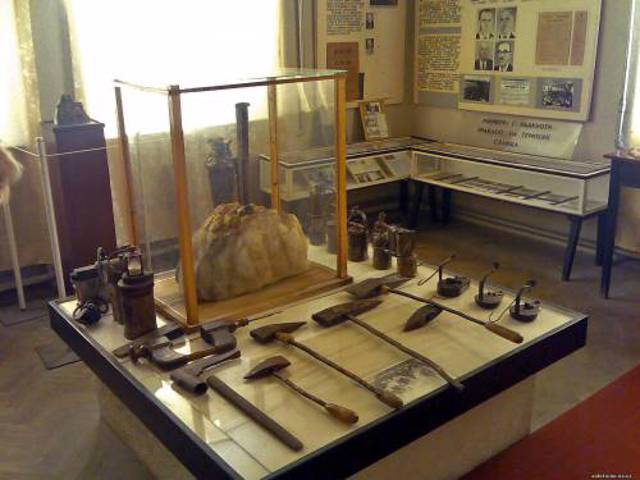
Salt Mines Historical Museum
Museum / gallery
The Museum of the Salt Mines History in the urban-type village of Solotvyno tells about the origin and development of salt industries in Transcarpathia, methods of salt extraction in the territory of the region in different historical eras.
Since 1974, the museum has been located near the Solotvyno Salt Mine, which is one of the largest in Europe (salt reserves here amount to 300 million tons, the thickness of the layer of industrial development is 300 meters). However, due to the emergency condition of the building in connection with the karst processes on the territory of the salt mine, the Historical Museum of Salt Mines has temporarily stopped working.
In 2021, the Solotvyno Village Council allocated a new exhibition space to the museum. Here are presented tools of salt miners, various lanterns and lamps, clothes and personal belongings of miners, various engineering structures, documents, maps and photographs.
Solotvyno in news and blogs
Reviews Solotvyno
Geographical information about Solotvyno
| {{itemKey}} | {{itemValue}} |
|---|---|
| Region |
Zakarpattia |
